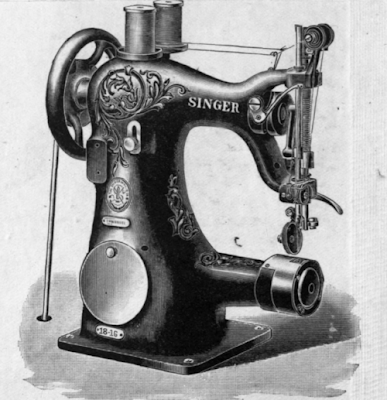I would like to present some brief information about the images that I intend to use on my sculpture. Using a chronological time line for reference I will begin with the Oak Tree.
6AD -Oak Tree. The significance of this is that the name Derry which was derived from the Gaelic word doire which means a grove of oak trees.
1613-Walled City. In 1613 the walls were built around Derry. The old walled city is on the West Bank of the River Foyle and is spanned by two bridges.
1790 – Craigavon Bridge. The first Craigavon Bridge was a wooden bridge that was built in 1790 and assembled in America. It was transported to Derry and positioned in the Bridge Street Area about 90 m north of the present bridge. It was built from 1789 -1791, between Bridge Street and Fountain Hill. The structure allowed for a drawbridge as the inhabitants of Strabane had navigational rights to the River.
1830 – Shirt Factories The economy of Derry was based significantly on the textile industry until relatively recently. The history of shirt making in the city dates back as far as 1831 and is said to have been stated by William Scott and his family who first exported shirts to Glasgow
1845- Famine – Derry Port. During the 18th and 19th Century Derry Port became an important embarkation point for Irish Emigrants setting out for North America. Some of these founded the colonies of Derry and Londonderry in the state of New Hampshire. During the famine it became the destination for migrants fleeing areas more severely affected by the Irish Potato Famine. One renowned famous ship was that of Wm McCorkell & Co Ltd known as the ‘Green Yacht from Derry’.
1853- Sewing Machine – The first sewing machine was invented in 1853 and was a major tool in the developing industry of Derry/L’Derry.
1900- Derry – Strabane Railway. The last stage of the LMS Railway line was opened in 1900. It ran from the Victoria Road in Derry to Strabane. Derry was an intricate part of the railway system and it was vital not only to the transport of people but also goods.
1932- Amelia Earhart. Amelia was the first woman pilot to cross the Atlantic. She set off from Newfoundland heading for Britain, but landed way off course, in an open field in Culmore in Derry.
1960 – Altnagelvin Hospital. This was the first hospital built in the United Kingdom after the Second World War. It consised of 10 floors and was the tallest building in Derry/L’derry at this time. The first patient was registered in 1960.




































